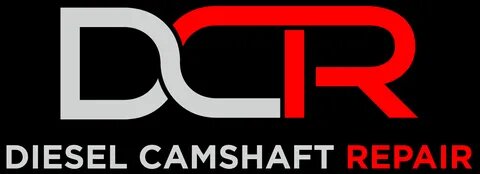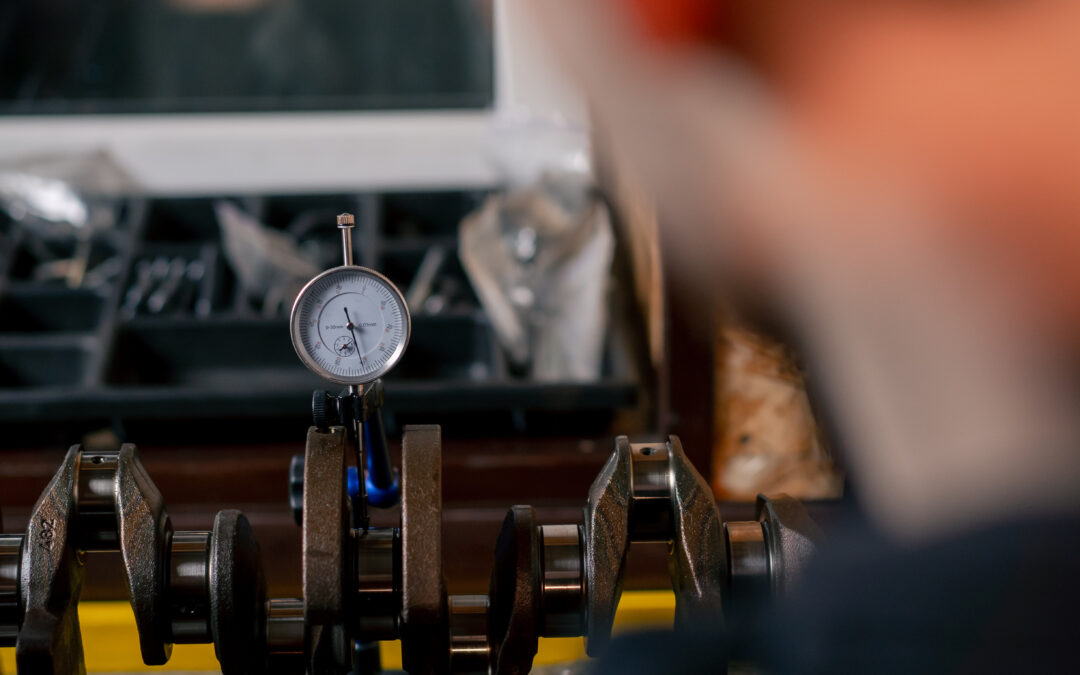Why Camshaft Timing Matters in Diesel Engines
Diesel engines depend on precise timing to deliver the power and efficiency they’re known for. One of the most overlooked parts of diesel tuning is camshaft timing. Whether you advance it or retard it, camshaft timing has a direct effect on your exhaust gas temperatures (EGTs). These temperatures are more than just numbers—they reveal a lot about how well your engine is running. High EGTs can be a warning sign, while optimized EGTs point to smooth, efficient performance.
How Camshaft Timing Controls Air and Exhaust Flow
Camshaft timing controls when the intake and exhaust valves open and close. It works in sync with the crankshaft, guiding airflow in and out of the combustion chamber. When you “advance” timing, the valves open and close earlier in the cycle. When you “retard” timing, the valve events happen later. These small adjustments can make a big difference in how the air-fuel mixture burns and how hot your exhaust runs. That’s why diesel performance tuners often adjust cam timing to control EGTs.
Understanding Exhaust Gas Temperatures (EGTs)
Exhaust gas temperature is a critical metric in diesel performance. It tells you how much heat is being expelled during combustion. High EGTs usually mean something isn’t right—like too much fuel, poor airflow, or bad timing. If the camshaft opens or closes the valves at the wrong time, the air-fuel burn becomes inefficient. That inefficiency produces more heat, and that heat escapes through the exhaust system. Over time, high EGTs can damage turbos, exhaust valves, and even pistons.
How Advancing Camshaft Timing Affects EGTs
Advancing camshaft timing can lower EGTs in many situations. By opening the intake valve earlier, the engine gets more time to fill the combustion chamber. More air means a more complete and cooler burn. When combustion is efficient, there’s less leftover fuel to keep burning after the exhaust valve opens. That results in lower temperatures in the exhaust system. Advanced timing also helps boost torque at lower RPMs, making the engine feel stronger off the line.
The Risks of Over-Advancing Timing
However, advancing camshaft timing too far can backfire. If the intake valve opens too early, you might lose some of the air charge. This happens when the piston is still moving upward, pushing air back out before compression starts. That loss reduces the engine’s volumetric efficiency. If combustion starts too early, pressure builds up too soon and causes knocking. In extreme cases, advanced timing may increase cylinder pressure and raise EGTs instead of lowering them. That’s why balance is key.
Retarding Camshaft Timing and Its Effects on EGTs
Retarding camshaft timing has its own effects. When you retard timing, the intake valve opens later and the exhaust valve closes later. This can help high-RPM performance by delaying valve overlap and reducing reversion. But it also shortens the time for air to enter and mix with fuel. Less air means a richer mixture, which burns hotter and raises EGTs. Retarded timing can also trap more exhaust gases in the cylinder, which raises the base temperature before combustion even begins.
Why Retarded Timing Can Raise Heat and Stress
In diesel applications, retarded cam timing is sometimes used in racing or high-load situations. It can provide more top-end horsepower by improving exhaust scavenging. But this comes at the cost of efficiency and heat. EGTs tend to rise as the air-fuel ratio becomes less balanced. Retarded timing also weakens low-end torque and can make cold starts harder. For daily-driven trucks or equipment, the heat risks often outweigh the performance gains unless carefully tuned.
Combustion Timing and Cylinder Pressure Explained
One of the reasons timing affects EGTs so much is because of its role in combustion duration. Ideally, diesel combustion starts just after the piston passes top dead center (TDC). If valve timing is off, combustion can start too early or too late. Early combustion (from advanced timing) creates pressure too soon, reducing engine efficiency. Late combustion (from retarded timing) causes fuel to burn as the piston is moving down, which wastes energy and produces more heat. The result is higher EGTs and more stress on the engine.
Valve Overlap and EGT Management
Valve overlap also plays a role in EGT management. Overlap is when both intake and exhaust valves are open at the same time. This helps clear out exhaust gases and pull in fresh air. With turbocharged diesels, a little overlap can boost cylinder filling. But too much overlap—especially from aggressive cam timing—can push hot exhaust gases back into the cylinder. That reduces fresh air intake, raises combustion temps, and leads to higher EGTs. Proper cam tuning balances overlap to avoid these issues.
EGT Spikes During Load Changes
EGT spikes can also be caused by timing mismatches during load changes. For example, when towing a heavy load or climbing a steep grade, cylinder pressures increase. If your cam timing is off during these moments, combustion efficiency drops. That adds heat and pressure to an already stressed system. Monitoring your EGTs during these scenarios can give clues about whether your camshaft timing is dialed in. Sharp rises in EGT under throttle usually signal poor combustion control.
The Role of Variable Valve Timing (VVT)
Modern diesel tuners sometimes adjust camshaft timing using variable valve timing (VVT) systems. These systems allow real-time changes based on RPM and engine load. By advancing or retarding cam timing at the right moment, VVT systems can maintain safe EGTs while maximizing performance. These systems are especially useful in variable-geometry turbo (VGT) engines, where airflow changes constantly. Older engines without VVT may require a custom camshaft or adjustable cam gear to fine-tune valve events.
Tuning for Performance and Heat Control
When tuning for EGT control, don’t forget that camshaft timing works together with fuel timing, injector size, and turbo boost. All of these factors shape combustion. For example, adding a larger turbo will increase airflow and potentially reduce EGTs. But if the cam timing isn’t adjusted to take advantage of that airflow, you might not see any real benefit. In some cases, mismatched timing can cancel out the gains from airflow upgrades and even raise EGTs further.
Choosing the Right Camshaft for Your Goals
The right camshaft for your diesel engine depends on your goals. If you’re building for towing, you’ll want lower EGTs and strong low-end torque. That usually means a cam with mild advance and conservative duration. If you’re building a race truck, you may favor high-end power and accept higher EGTs in short bursts. In that case, a retarded cam with aggressive duration may work better. Either way, your camshaft needs to match your airflow, fuel, and usage goals.
EGTs, Efficiency, and Engine Longevity
Temperature control isn’t just about protecting parts—it also affects efficiency. Lower EGTs often mean more complete combustion and less wasted energy. That translates into better fuel economy and longer engine life. High EGTs, on the other hand, stress components like turbos, exhaust manifolds, and pistons. If left unchecked, they can lead to melted parts or cracked heads. Camshaft timing gives you a way to manage those risks and keep performance in check.
Dialing In Cam Timing with Data
To get the most from your diesel engine, work with a shop or tuner who understands the relationship between camshaft timing and EGTs. A dyno session with real-time EGT monitoring can help you find the right timing settings. Always balance performance gains with thermal control. Even a few degrees of timing adjustment can mean the difference between a strong pull and a hot mess. Use data to guide your decisions, not guesswork.
Conclusion: Timing Is Power and Protection
In conclusion, camshaft timing plays a huge role in exhaust gas temperature and overall diesel engine health. Advancing or retarding the timing changes how air and fuel interact in the combustion chamber. These changes directly impact how hot the exhaust runs and how well the engine performs. With proper tuning, camshaft timing becomes a powerful tool—not just for making more power, but for protecting your engine while doing it.
Final Takeaway: Don’t Overlook Cam Timing
If you’re upgrading your diesel for towing, racing, or general performance, don’t forget the camshaft. It’s the key to unlocking efficient power and managing heat. Take the time to understand how timing changes affect your setup. Your EGTs—and your engine—will thank you.

